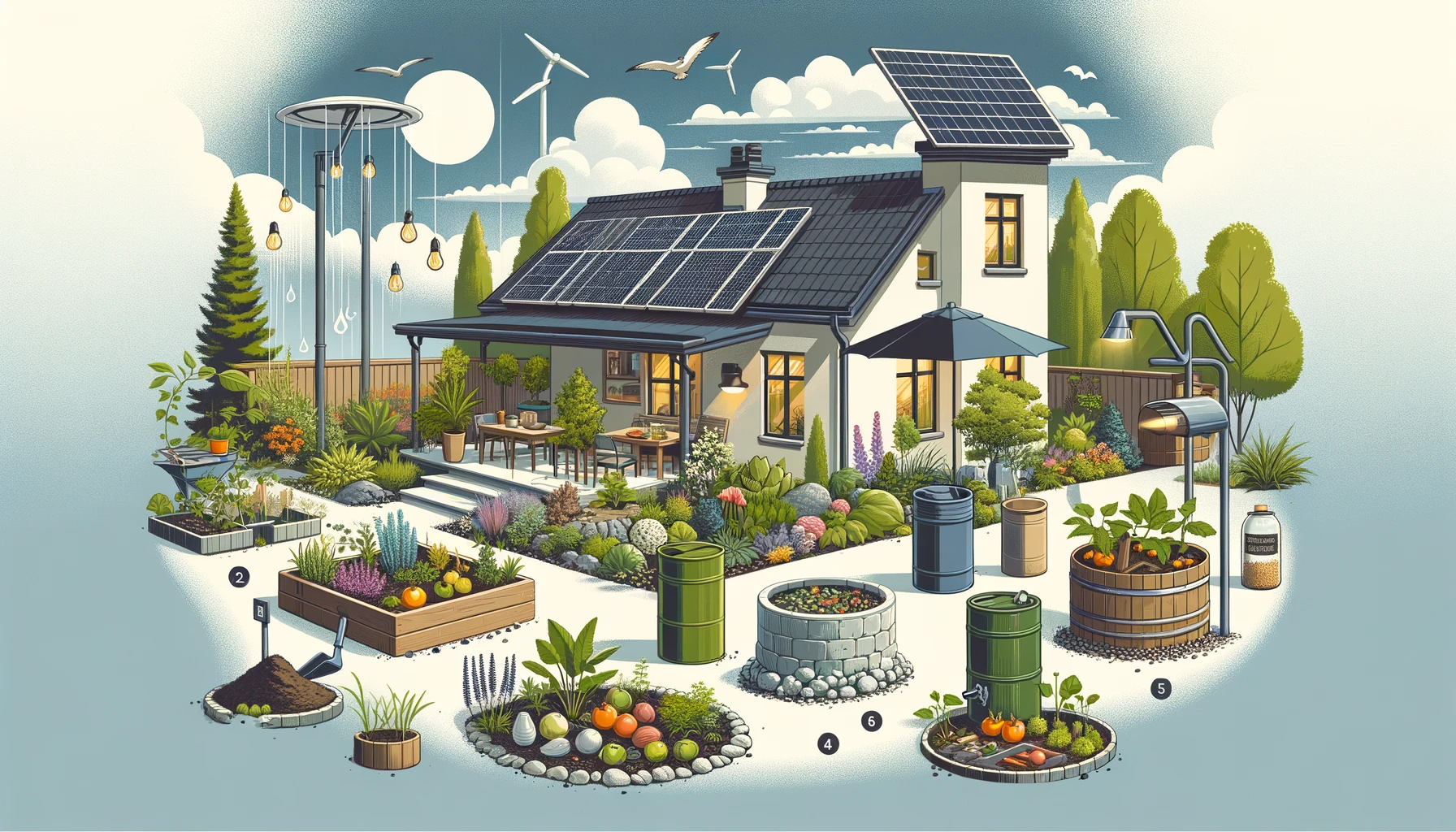The SF Bay Area’s mild climate, from golden rolling hills to lush forested coves. It offers unique potential for beautiful, sustainable landscapes. By embracing the spectacular local flora, utilizing creative upcycled hardscapes, and conserving precious water, you can craft a backyard oasis as vibrant and diverse as our regional ecosystems.
Native Plants
Firstly, leveraging plants evolved to thrive in Northern California’s climate and soils is the ultimate in sustainable design. From Matilija poppies and California fuchsia to sages, to name a few, require little to no irrigation. Once they are established, they burst with texture and color. Additionally, support local pollinators by planting milkweed, asters, currants, ceanothus, yerba santa, and manzanita. Hummingbirds, bees, and butterflies rely on them.
Eco-Conscious Materials
Furthermore, upcycled urbanite boulders, locally harvested redwood rounds, reclaimed picklewood, demolition salvage, and recycled plastic or composite lumber divert waste from landfills. Moreover, using concrete and stone remnants salvaged from local construction projects supports the circular economy while reducing carbon footprint.
Creativity and Adaptability
Importantly, the signature Bay Area sustainable landscape artfully dances with the terrain’s unique potential. This is evident in accentuating natural topography and contours through grading for drainage swales, boulders, retaining walls, and pathways. Similarly, narrow, deep urban lots alike gain flexible multi-use spaces. These include firepits, dining patios, food forests, wildlife sanctuaries, or zen retreats. You can do this through inventive vertical gardening, overhead structures, and converting improbable nooks.
As Bay Area dwellers blessed with an abundance of natural beauty at our doorsteps yet facing ongoing drought, we must lead the charge in stewarding sustainable landscapes that nurture and conserve regional ecosystems. Finally, what inspiring, eco-friendly landscape solutions have you discovered? Share your favorite tips, plant picks, and design tricks with us below!

